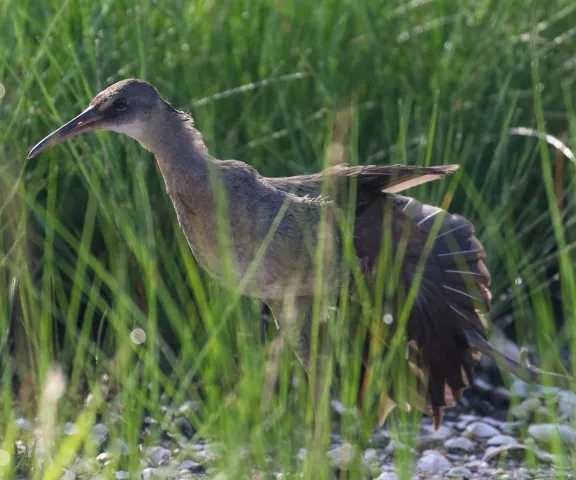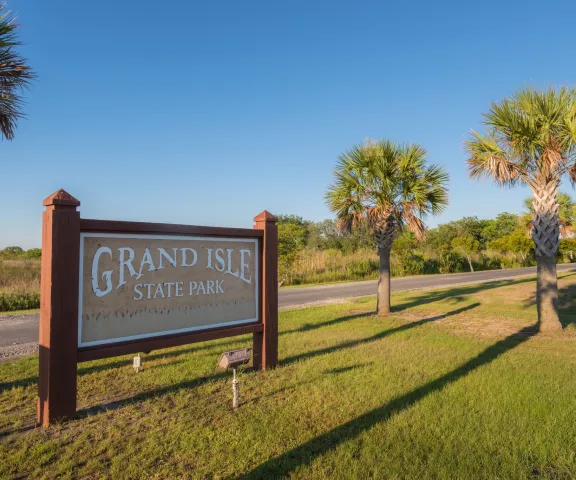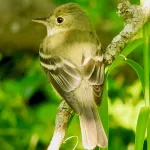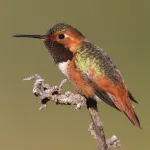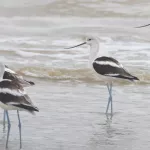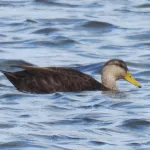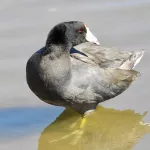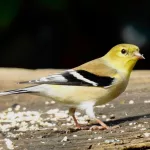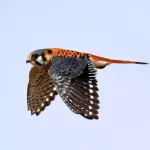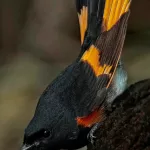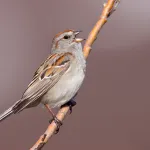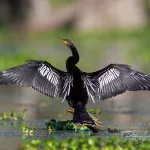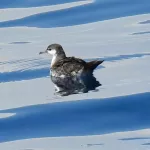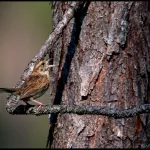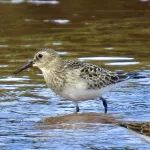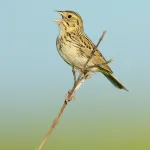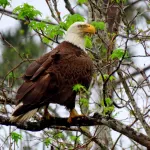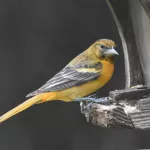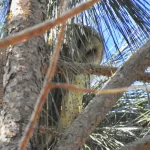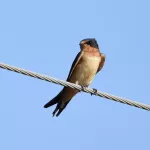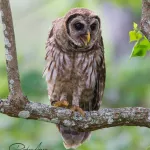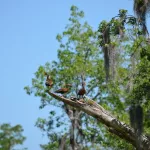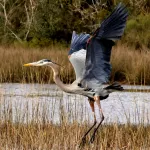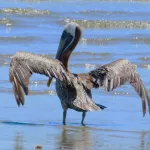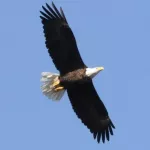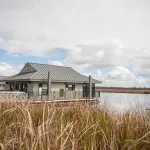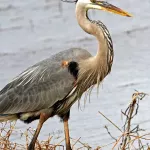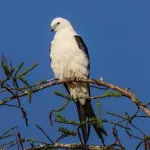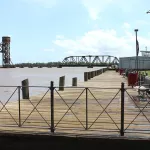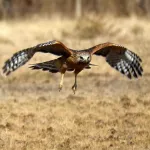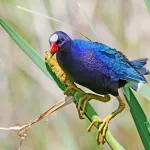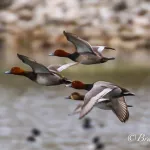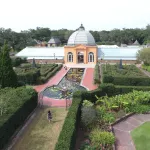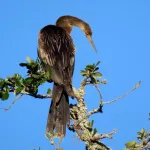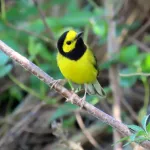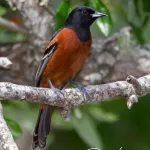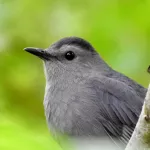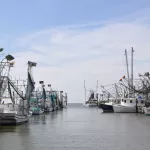Grand Isle State Park
The barrier island of Grand Isle serves as a breakwater between the Gulf and the network of inland bays and channels and other estuarine habitats. Grand Isle State Park is a 140-acre beach/dune site located on the Gulf of Mexico. Birding enthusiasts will delight in the beauty of the lagoons, dunes, and the Gulf shore. This unique environment attracts numerous species of birds and other wildlife.
Start birding from the moment you turn into the park. From the entry station, check the edges of the salt marsh for Clapper Rail, Nelson’s and Seaside Sparrow, Marsh Wren, and Common Yellowthroat.
The park’s lagoons can hold interesting waterbirds including waterfowl, grebes, gulls and terns, Snowy and Reddish Egrets and other waders, Common Loon, and others.
At the end of the entry road, a right turn brings you toward the campground. A left turn takes you toward the bathhouse, fishing pier, and observation tower. The bathhouse parking lot is lined with trees. Carefully observe here for songbirds, as well as the shrub thicket along the walkway entrance to the campground. In recent years a number of native Caribbean birds have been showing up here. In spring, Black-whiskered Vireo and Gray Kingbird are almost expected here and in other parts of the island. Other notable tropical vagrants have included Tropical Kingbird, Fork-tailed Flycatcher, and Mangrove Warbler.
Along the beach, there may be roped-off areas for nesting beach birds. A spotting scope is essential for beach birding and scanning the nearshore waters of the Gulf for seabirds and other pelagic species.
Walk along the fishing pier for an eastward look toward the rock jetties on the island's far end. Many shorebirds and seabirds–sometimes in mass numbers– rest or hunt from these jetties, including American Avocet, American Oystercatcher, Wilson’s Plover, Red Knot, Black Skimmer, Least Tern, and numerous other gulls, terns, and pelicans.
A trail from the far end of the parking lot loops around the lagoon and exits near the entrance station. You may see Black-crowned Night Heron, along with other waders, gulls, terns, and Brown and American White Pelicans. During spring migration, this area is the first spot many passerine migrants find to land and is a good place to find orioles, warblers, tanagers, grosbeaks, and buntings.
Amenities include parking, a visitors center, restrooms/water, a boardwalk, a pier and observation deck, a boat launch, equipment rentals, a beach, and several camping options ranging from primitive to R/V to glamping. Outdoor recreational opportunities include hiking, biking, birding, fishing, paddling, swimming, and nature photography. It is also the launching point for excellent deep-sea salt-water fishing adventures. Speckled trout can be caught by surf fishers year-round, especially in the spring and summer. Partially handicapped-accessible.
